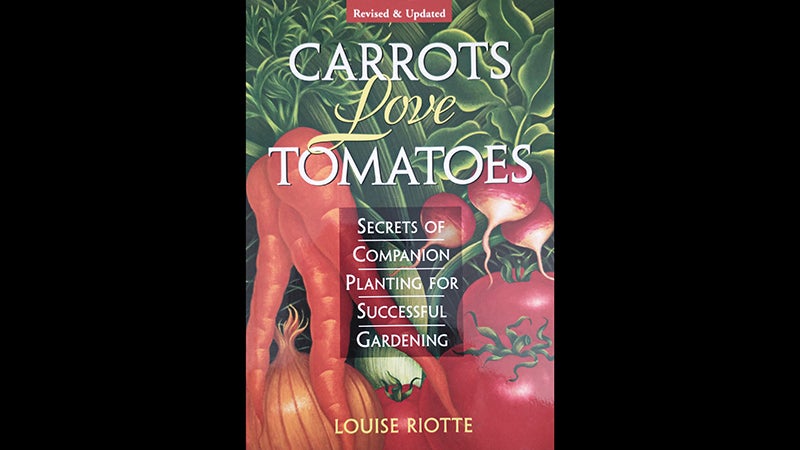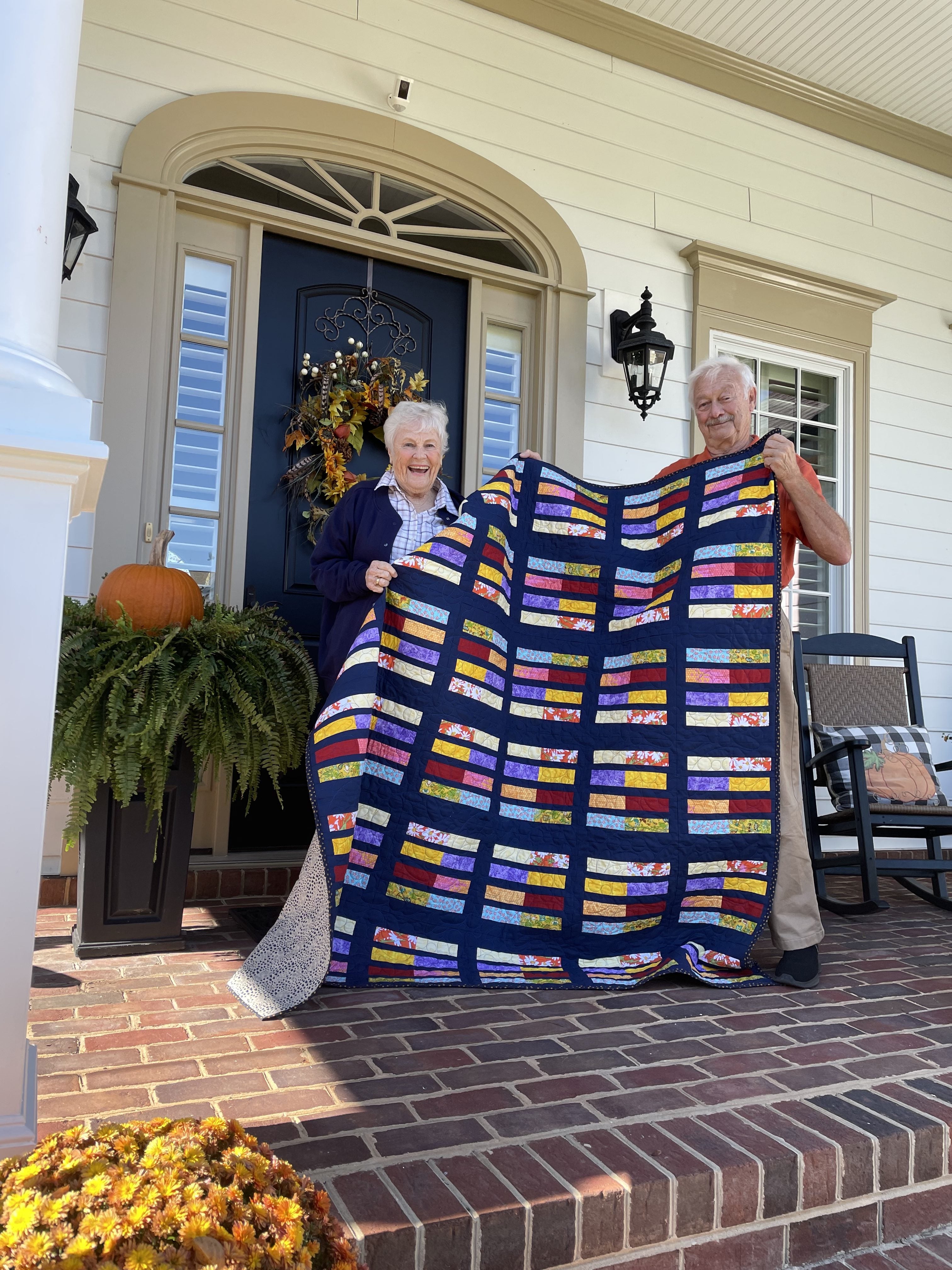Companion planting provides benefits
Published 7:02 pm Tuesday, February 2, 2021
By Mark Carroll
One of the requirements to be a Master Gardener is to continue our education and experience. I recently browsed a recommended reading list to complete some of my requirements and purchased the book “Carrots Love Tomatoes” by Louise Riotte.
Instead of a traditional book review, I decided below to include things I didn’t know before reading it and add some ways to incorporate companion planting and other methods in your garden, regardless of size or scale.
So, what is companion planting? Companion planting is when multiple plants work together to the benefit of each. Much like a team of people working together can accomplish more than the same number of people working as individuals, companion planting allows plants to share resources like nutrients, reduce pest pressure, and even grow more in less space. Here are some examples of each:
- Nutrients — Most gardeners know that planting beans (legumes) improves soil quality. More specifically, legumes gather nitrogen from the air and add it to the soil. Nitrogen loving plants like rhubarb, lettuce, and most vining or leaf crops could benefit if they are grown with legumes.
- Pest reduction — Tomatoes can be protected from red spider mites by planting garlic with them; some say it also enhances the flavor. The flowering plant borage can limit tomato horn worms (I look forward to trying this one out). Tomatoes planted with asparagus can deter the asparagus beetle.
- Plant by height — Since all plants need sunlight, understanding where and when the sun falls in your garden can be critically important. If you are fortunate to have plenty of sun, you can still miss out on larger yields by planting large plants that block the sun from your smaller ones. By planting larger varieties behind smaller ones, you can use the sunlight more efficiently, which of course means you can grow more vegetables and/or flowers in less space.
This book was written first in the mid-1970s, so companion planting is not really new. While it focuses on what plant combinations benefit or harm other plants, there is so much more to it. It includes extensive information about poisonous plants and garden planning. What I really did not know and was totally shocked to learn was that lightning, like rain, is a fertilizer. According to the author’s report, “250,000 tons of natural nitrogen are produced every day in 1,800 thunderstorms taking place somewhere on earth.” As a risk taker, this makes me wonder how I can harness nitrogen from the sky. I should probably exercise some caution here, but perhaps something as simple as a metal trellis or metal wire in the garden instead of string, could have a benefit? The author suggests there may be benefits in “electroculture.”





